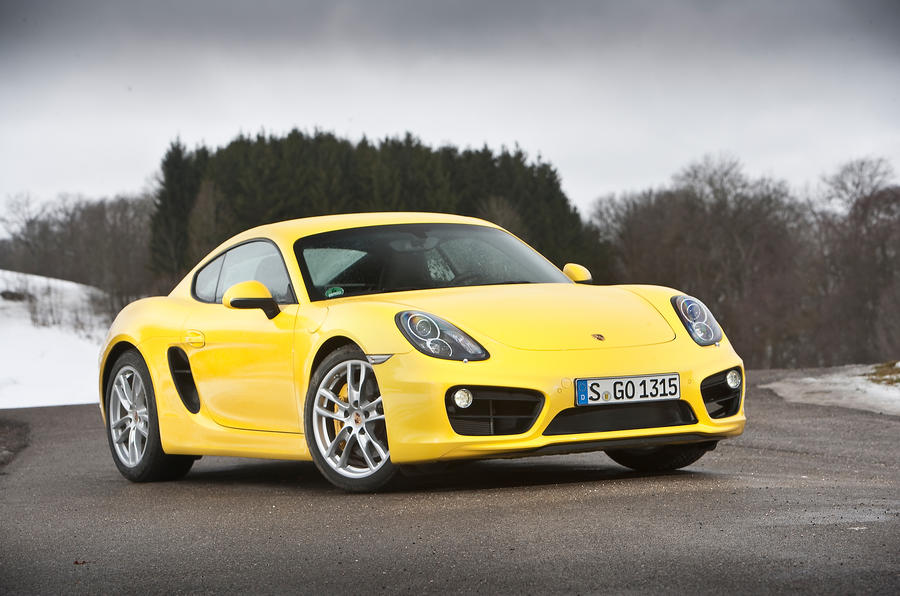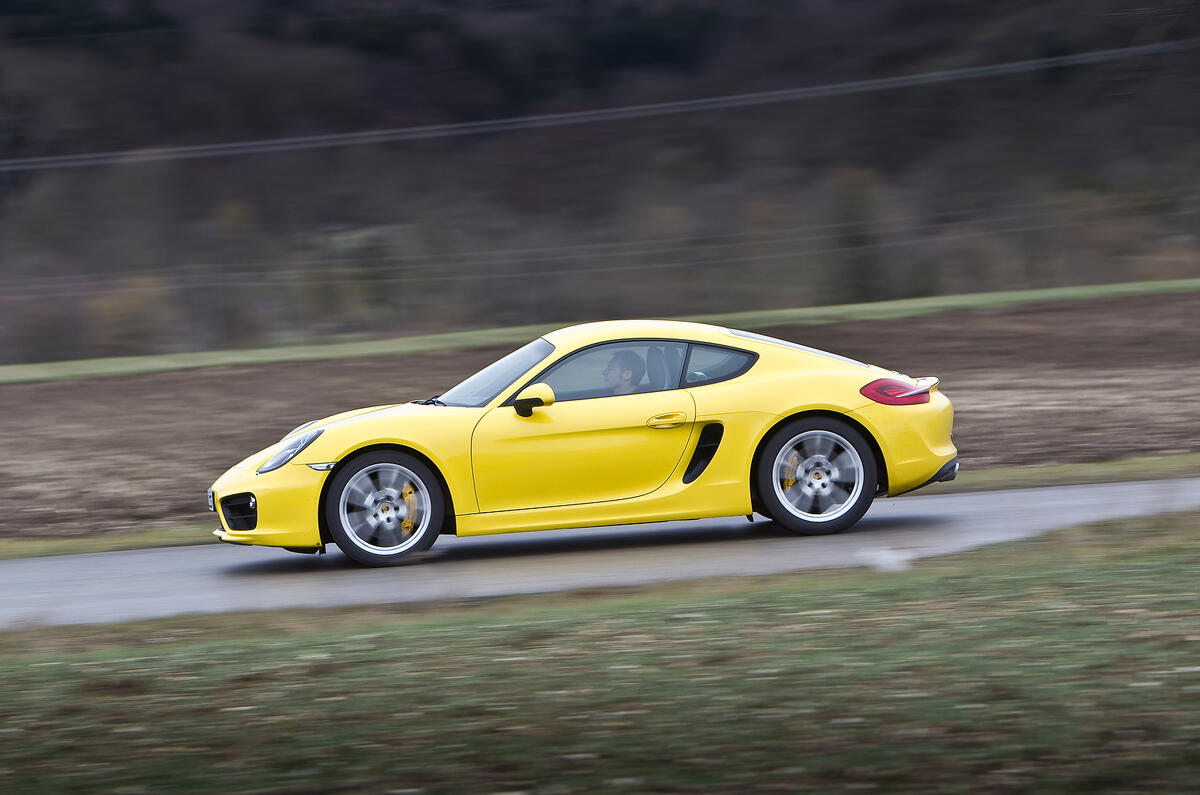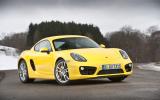What is it?
Twenty three thousand pounds. That is the figure you must not lose track of when reading this first drive of the second-generation Porsche Cayman. It refers to the price difference between the new range topping Cayman S driven here and the latest 911 Carrera, whose 3.4-litre flat six-cylinder boxer engine it shares, if in lightly detuned guise.
Yes, the pricing of the new Cayman S is aggressive. With a base sticker of £48,783 it is little changed from that of its predecessor. Among its keener two-door rivals is the Audi TT RS Quattro at £48,120. But it is the £77,449 Porsche 911 Carrera against which it must surely be compared.
Video: Steve Sutcliffe tests the new 2013 Porsche Cayman S
Seeing it away from a motor show stand for the first time only serves to reinforce early impressions of just what a good looking car it is. As with its Porsche Boxster sibling, the new coupé adopts an edgier appearance, with tauter surfacing and crisper lines, as well as a noticeably sleeker profile.
The wheelhouses have also increased in size, allowing Porsche to fit the Cayman S with 19-inch wheels as standard and offer 20s as an option. Among the features helping to distinguish the new Cayman from the year-old Boxster are daytime running lights and indicators housed within a round unit within the front bumper, more pronounced rear haunches and a heavily angled liftback at the rear.
Length is up by 35mm, width extends by 1mm while height drops by 10mm over its predecessor at 4380mm, 1801mm and 1295mm respectively. The Cayman also rides on a 30mm longer wheelbase at 2475mm, while the track widths have increased by 40mm to 1526mm at the front and by 18mm to 1540mm at the rear.
As part of Porsche’s focus on weight saving, the body is now predominantly aluminium, with the rest fashioned from a combination of magnesium and hot formed high-strength steel. Porsche is claiming a 25kg saving in the body structure, although the added dimensions and a larger interior mean overall kerb weight has crept up marginally.















































Join the debate
Add your comment
CAR OF THE YEAR!
This car is going to get CAR OF the year from resident germanaphile and all round shill chris harris!
Isn't the Boxster better value still?
After all, it is £3k cheaper than the corresponding Cayman, even greater saving re 911 cabrio.
Looks better than both too, in my opinion.
comparisons
As per SS's video review the real question is not so much why buy and F-Type (GT, drop top, bigger, more torque) but why buy a 911. As they are not stupid I am going to venture that they make so much margin from both that they can afford to loose some 911 sales for more volume in the Cayman.